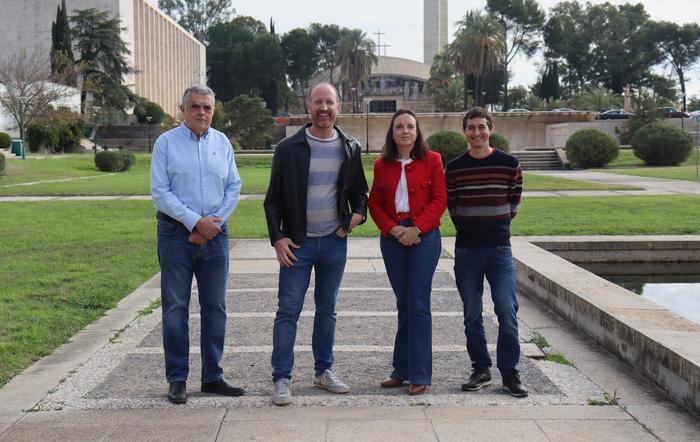The rapid growth of photovoltaic (PV) energy production in recent decades reflects the urgent need for sustainable development and the advancements in solar technology.
By 2020, global PV power reached 760 GW, with China, Europe, and the United States leading the way. This expansion, however, has sparked debate over land use, as nearly all PV power plants are ground-mounted.
These installations often occupy agricultural lands, raising concerns about environmental damage, threats to biodiversity, and socioeconomic risks, such as reduced agricultural output and rural depopulation.
Agrivoltaics, the practice of combining solar energy generation with agriculture on the same land, has emerged as a potential solution. The concept dates back to 1982 when researchers designed PV systems allowing sunlight to reach crops underneath.

By 2011, studies revealed agrivoltaics could boost land productivity by 35% to 73%. Since then, numerous experiments have confirmed its benefits for energy production, food security, and rural economies.
This dual-use approach alleviates the competition between renewable energy and agriculture, addressing both food supply concerns and climate change. Research indicates that agrivoltaic systems can reduce greenhouse gas emissions, support rural livelihoods, and enhance crop yields.
For instance, shade-tolerant crops, such as lettuce and wheat, thrive under these systems. Additionally, the shading reduces soil temperatures and water requirements, particularly in arid regions. By lowering panel temperatures through evapotranspiration, these systems also improve PV efficiency.
The flexibility of agrivoltaic designs allows them to suit diverse landscapes. Some systems are purpose-built, with panels elevated and spaced to maximize solar and agricultural efficiency. Others retrofit existing PV farms by introducing compatible crops.
Related Stories
Experimental setups have demonstrated promising outcomes. In India, agrivoltaic vineyards increased economic value by 15 times compared to traditional vineyards. Similarly, studies in Europe have shown that crops grown under solar panels often yield comparable or even superior results to those in open fields.
Olive hedgerow systems provide a compelling example of agrivoltaics in action. Researchers in Spain, from the University of Córdoba, developed a simulation model to integrate PV panels with olive plantations.
Their findings highlighted mutual benefits: shading improved olive production by acting as a windbreak, while evapotranspiration cooled the panels, enhancing energy output. These models enable precise optimization of panel height, spacing, and density to balance agricultural and energy production.
Despite the promise of agrivoltaics, challenges remain. Designing systems that balance light requirements for crops and panels requires careful planning. Overly dense panel arrangements can hinder agricultural operations, while insufficient shading might reduce crop benefits.

Advanced simulation tools and field studies are critical to refining these designs. Land Equivalent Ratio (LER), a metric comparing combined productivity to separate uses of land, consistently shows agrivoltaics as more efficient, with values ranging from 1.29 to 1.73.
Agrivoltaics’ potential extends beyond annual crops. While most studies focus on short-lived plants, integrating perennial crops, such as olives, presents unique opportunities. Olive hedgerows, already efficient due to mechanization and high-quality yields, are ideal for agrivoltaic systems.
Spanish researchers developed models to predict olive oil production alongside solar energy output, proving the viability of these systems. Their work underscores the importance of balancing efficiency and practicality, ensuring agricultural machinery can still operate effectively.
The scalability of agrivoltaics is evident. Between 2012 and 2020, global agrivoltaic power production surged from 5 MW to 2.8 GW. This growth underscores the increasing interest in dual-use systems as a sustainable solution to land use conflicts. As the technology evolves, continued research will refine designs and expand its applicability.

By integrating PV panels with agriculture, agrivoltaics addresses two pressing global needs: clean energy and food security. This approach offers a path forward, harmonizing energy production with sustainable land management and rural development.
With ongoing innovation and collaboration, agrivoltaics could reshape how humanity meets its energy and agricultural demands, fostering a more sustainable future.
Note: Materials provided above by The Brighter Side of News. Content may be edited for style and length.
Like these kind of feel good stories? Get The Brighter Side of News’ newsletter.
The post Major agricultural innovation could change how all food is grown appeared first on The Brighter Side of News.